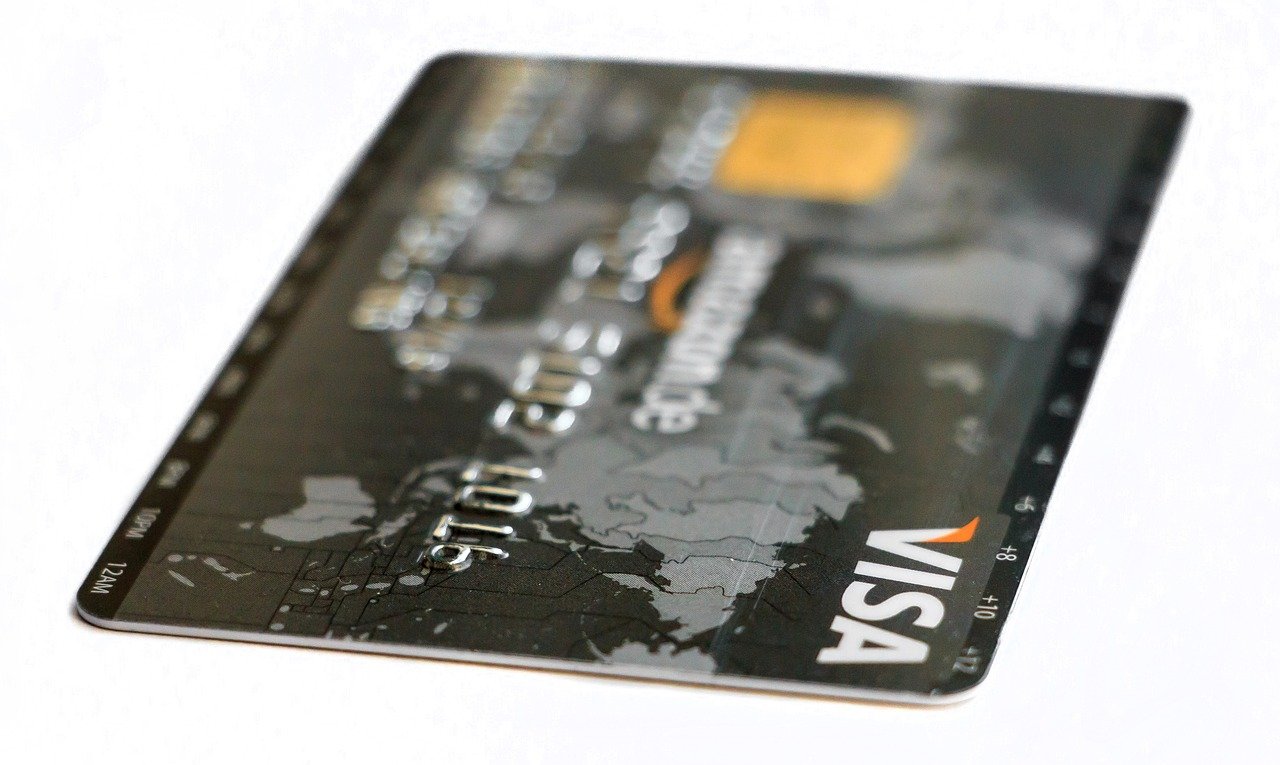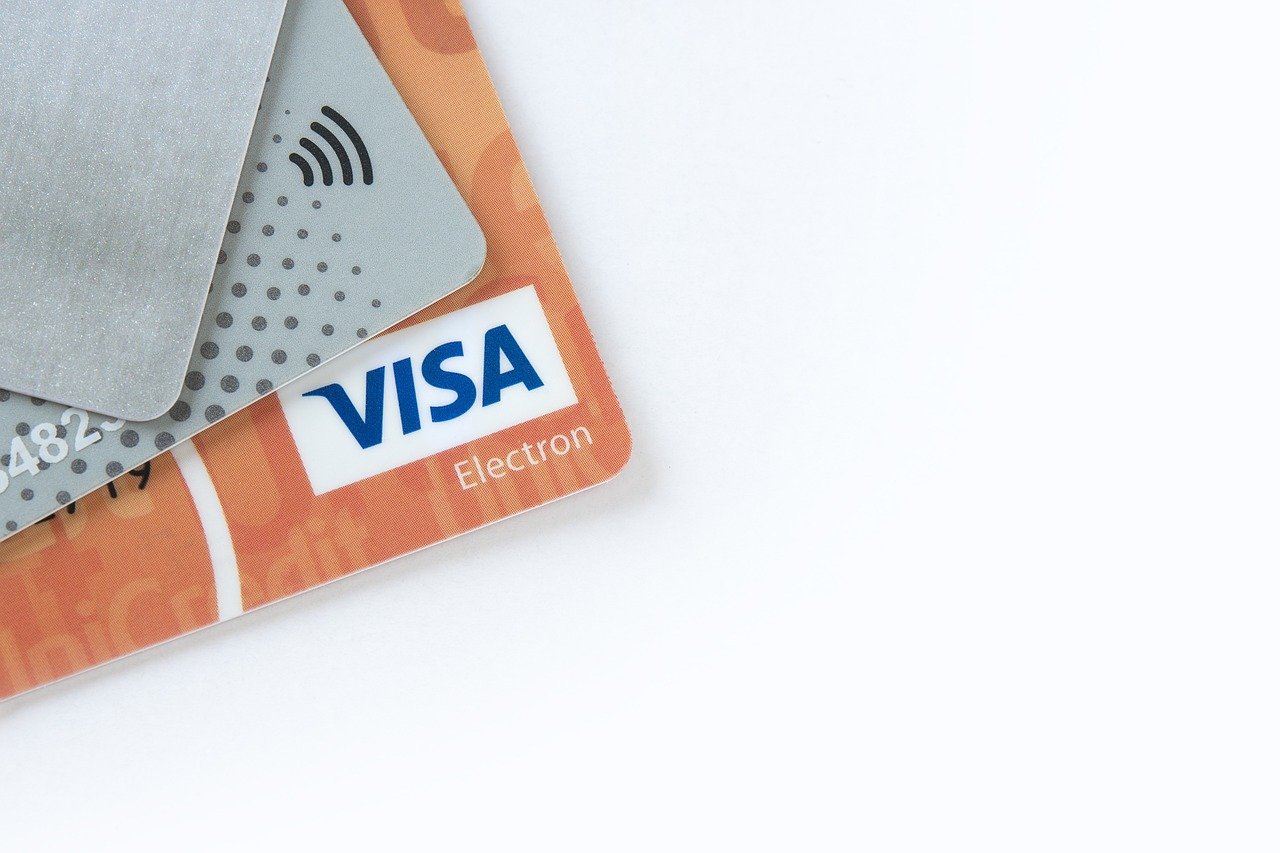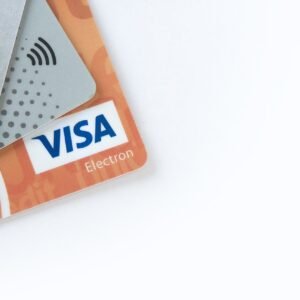Are you considering getting a credit card? It’s important to know that credit cards often come with higher interest rates compared to other forms of credit. This means that if you carry a balance on your card, you could end up paying a significant amount of interest over time. Additionally, credit card agreements can be filled with complex terms and conditions that may be difficult to understand. It’s crucial to carefully read and understand these agreements before signing up for a credit card to ensure you are fully aware of the terms and potential costs involved. By doing so, you can make informed decisions about your financial health and avoid any unwanted surprises down the line.

Factors Contributing to High Interest Rates on Credit Cards
Credit Card Companies’ Risk
Credit card companies face a significant amount of risk when issuing credit cards to consumers. Unlike other forms of credit, such as secured loans, credit cards are considered unsecured debt. This means that if a cardholder defaults on their payments, the credit card company has little to no collateral to recover their losses. To compensate for this risk, credit card companies often charge higher interest rates to mitigate potential losses.
Credit Cards as Unsecured Debt
As mentioned above, credit cards are unsecured debt, meaning there is no collateral backing the loan. In the event of default, the credit card company may have difficulty recovering their losses compared to other forms of credit, such as mortgages or car loans. This higher level of risk associated with credit cards leads to higher interest rates to protect the lender.
Cardholder’s Creditworthiness and Credit Score
One of the key factors that influence the interest rates on credit cards is the cardholder’s creditworthiness and credit score. A credit score is a numerical representation of a person’s creditworthiness, based on their credit history, outstanding debts, and payment history. Cardholders with lower credit scores are typically considered higher risk and are often charged higher interest rates as a result. On the other hand, cardholders with higher credit scores may qualify for lower interest rates as they are seen as less risky borrowers.
Comparison to Other Forms of Credit
Interest Rates on Personal Loans
Compared to credit cards, personal loans generally have lower interest rates. Personal loans are often considered a form of secured debt, as they may require collateral such as a car or savings account. This collateral reduces the level of risk for lenders, allowing them to offer more favorable interest rates.
Interest Rates on Mortgages
Mortgages, which are loans used to finance real estate purchases, typically have lower interest rates than credit cards. This is because mortgages are secured debt, with the property serving as collateral for the loan. Lenders have more security in case of default, allowing them to offer lower interest rates.
Interest Rates on Car Loans
Similar to mortgages, car loans are often considered secured debt. The vehicle being purchased serves as collateral, reducing the risk for the lender. As a result, car loans generally have lower interest rates compared to credit cards.
Interest Rates on Student Loans
Student loans can vary in interest rates depending on the type of loan and the borrower’s creditworthiness. Federal student loans typically have fixed interest rates set by the government, which are often lower than credit card interest rates. Private student loans, on the other hand, may have higher interest rates depending on the borrower’s creditworthiness.

Alternatives to Credit Cards
Personal Loans
When faced with high-interest rates on credit cards, a personal loan may be a viable alternative. Personal loans often have lower interest rates and fixed repayment schedules, making it easier to manage debt and pay it down more quickly.
Home Equity Loans
Homeowners may consider utilizing the equity in their homes to obtain a loan with lower interest rates. Home equity loans use the value of the property as collateral, allowing individuals to access funds at a potentially lower interest rate compared to credit cards.
Peer-to-Peer Lending
Peer-to-peer lending platforms connect borrowers directly with individual lenders. These loans can often offer competitive interest rates, depending on the borrower’s creditworthiness. Peer-to-peer lending can be an alternative to high-interest credit cards for those looking to borrow money.
Credit Union Loans
Credit unions are member-owned financial institutions that often offer lower interest rates compared to traditional banks. Utilizing a credit union loan instead of a credit card can save money on interest charges and provide more flexibility in repayment terms.
Credit Card Agreements
Complex Terms and Conditions
Credit card agreements often contain complex terms and conditions that can be difficult for cardholders to understand fully. It is important to review the agreement thoroughly before accepting the credit card to avoid any surprises or misunderstandings.
Understanding Interest Calculation Methods
Credit card companies use various methods to calculate interest, such as the average daily balance or the previous month’s balance. Cardholders should familiarize themselves with the interest calculation method used by their credit card company to better understand how interest is accruing on their balance.
Grace Periods and Penalty APRs
Credit card agreements may provide a grace period, allowing cardholders to avoid interest charges if the balance is paid in full by the due date. Additionally, cardholders should be aware of any penalty APRs that may be triggered by late payments or other actions, resulting in a higher interest rate.
Late Payment Fees and Other Charges
Credit card agreements outline late payment fees and other charges that cardholders may incur if they fail to make payments on time or exceed their credit limit. Understanding these fees is essential to avoiding unnecessary charges and managing credit card debt effectively.

Factors Influencing Credit Card Interest Rates
Economic Factors
Economic conditions, such as inflation rates and unemployment rates, can impact credit card interest rates. During periods of economic downturn, credit card companies may increase interest rates to offset potential losses from increased default rates.
Competition among Credit Card Companies
The competitive landscape of the credit card industry can influence interest rates. Credit card companies may adjust their rates to attract and retain customers, offering promotional rates or rewards programs to entice consumers.
Market Interest Rates
Market interest rates, such as the prime rate set by banks, can impact credit card interest rates. These rates serve as a benchmark for many variable-rate credit cards, resulting in higher interest charges when market rates increase.
Federal Reserve Policies
The monetary policies set by the Federal Reserve can indirectly impact credit card interest rates. The Federal Reserve’s decisions regarding interest rates and the overall economy can influence borrowing costs for credit card companies, potentially leading to higher or lower interest rates for consumers.
Negotiating for Lower Interest Rates
Researching Competitive Offers
Before negotiating with a credit card company for lower interest rates, it is beneficial to research competitive offers from other credit card companies. By having knowledge of alternative options, cardholders can leverage this information during negotiations.
Demonstrating Creditworthiness
To negotiate for lower interest rates, it is essential to demonstrate creditworthiness. Maintaining a good credit score, making on-time payments, and carrying low balances can strengthen your position and provide evidence of responsible credit card usage.
Contacting Credit Card Company
Reach out to your credit card company directly to discuss the possibility of lowering your interest rate. Be prepared to provide reasons why you believe you deserve a lower rate, such as a good payment history or competitive offers from other credit card companies.
Negotiating a Lower APR
During the conversation with the credit card company, remain polite and persistent in negotiating a lower annual percentage rate (APR). Be open to compromises and, if necessary, consider transferring the balance to a different credit card company if it means obtaining a more favorable interest rate.
The Role of Credit Scores in Interest Rates
Credit Score Ranges and Categories
Credit scores range from poor to excellent and are divided into categories based on creditworthiness. Lenders typically use these categories to determine interest rates. Those with higher credit scores may qualify for lower interest rates, while lower credit scores may result in higher interest rates.
The Impact of Credit Utilization
Credit utilization, which is the ratio of credit used compared to available credit, plays a significant role in determining interest rates. Higher credit utilization rates can indicate higher levels of risk, potentially leading to higher interest rates.
The Importance of Payment History
A strong payment history, including making payments on time and in full, can positively impact credit scores and interest rates. Lenders view a solid payment history as an indicator of responsible credit usage, potentially resulting in lower interest rates.
Credit Inquiries and New Credit
Opening multiple credit accounts or applying for several loans within a short period can negatively impact credit scores. Too many inquiries can suggest financial instability, leading to higher interest rates. It is essential to manage credit inquiries and limit new credit applications.
Consumer Protection and Regulation
Credit Card Accountability Responsibility and Disclosure Act (CARD Act)
The CARD Act, enacted in 2009, provides consumer protection measures related to credit cards. This legislation aims to promote transparency in credit card terms and conditions, limit certain fees, and require clearer disclosure of interest rates, penalties, and fees.
Consumer Financial Protection Bureau (CFPB)
The Consumer Financial Protection Bureau is a governmental agency that focuses on protecting consumers in the financial marketplace. The CFPB works to ensure fairness, transparency, and compliance with regulations, addressing consumer concerns related to credit card practices and interest rates.
Fair Credit Reporting Act (FCRA)
The Fair Credit Reporting Act regulates the collection, distribution, and use of consumer credit information. It ensures the accuracy and privacy of credit report information and provides consumers with access to their credit reports and the ability to dispute inaccurate information.
Truth in Lending Act (TILA)
The Truth in Lending Act is a federal law that requires lenders to provide accurate information about the terms and costs of credit, including interest rates. This legislation aims to protect consumers by promoting transparency and providing them with essential information to make informed decisions.
In conclusion, several factors contribute to high interest rates on credit cards, including credit card companies’ risk, the unsecured nature of credit card debt, and the cardholder’s creditworthiness and credit score. When compared to other forms of credit, credit cards often have higher interest rates. The consequences of high credit card interest rates include increasing debt balances, longer repayment periods, lower ability to save, and potential damage to credit scores. To manage credit card debt effectively, it is important to pay more than the minimum payment, make payments on time, consider balance transfers, and negotiate with credit card companies for lower interest rates. Additionally, there are alternative forms of credit available, such as personal loans, home equity loans, peer-to-peer lending, and credit union loans. Understanding credit card agreements, factors influencing interest rates, and consumer protection regulations can help cardholders navigate the complex world of credit cards and make informed financial decisions.

